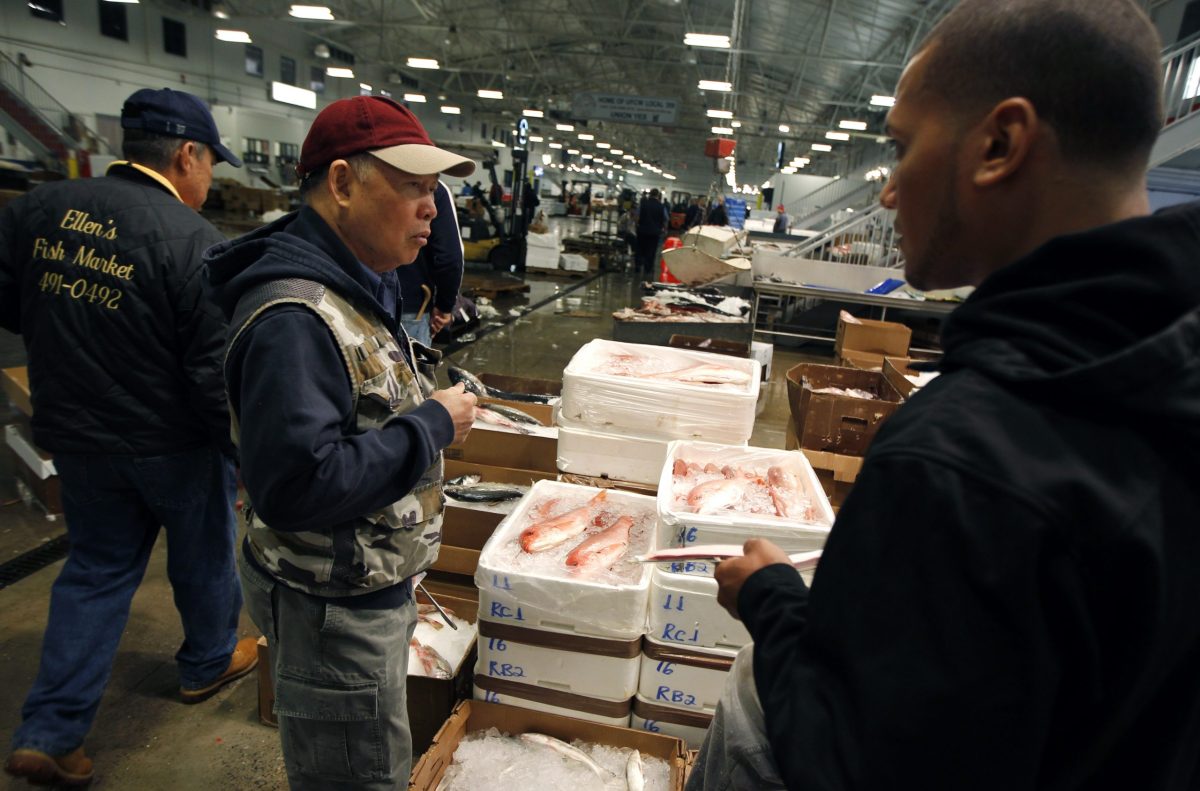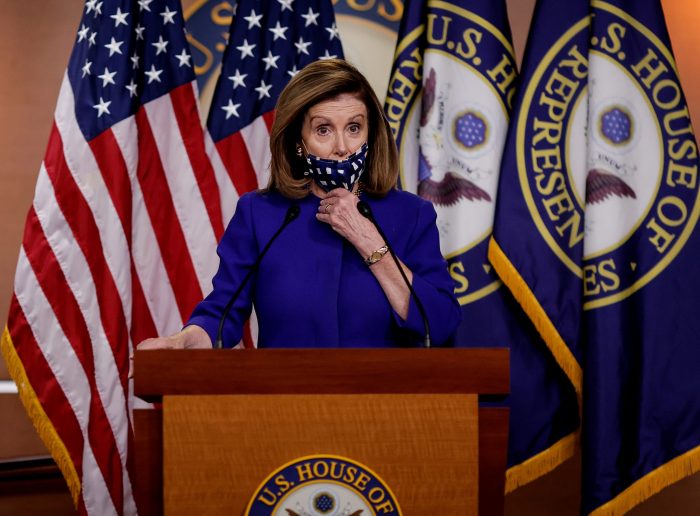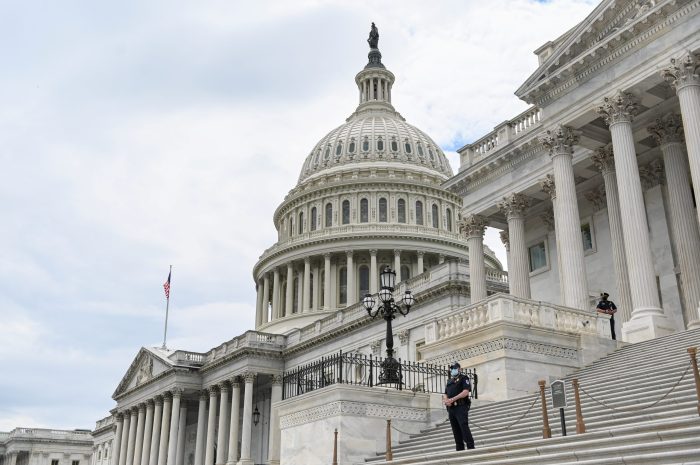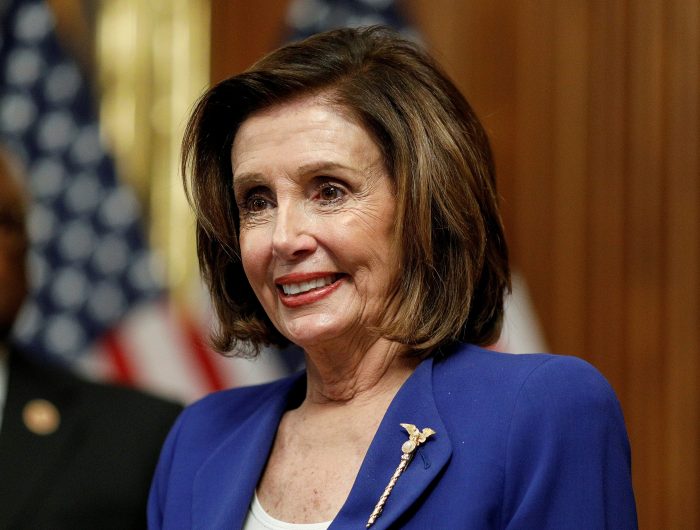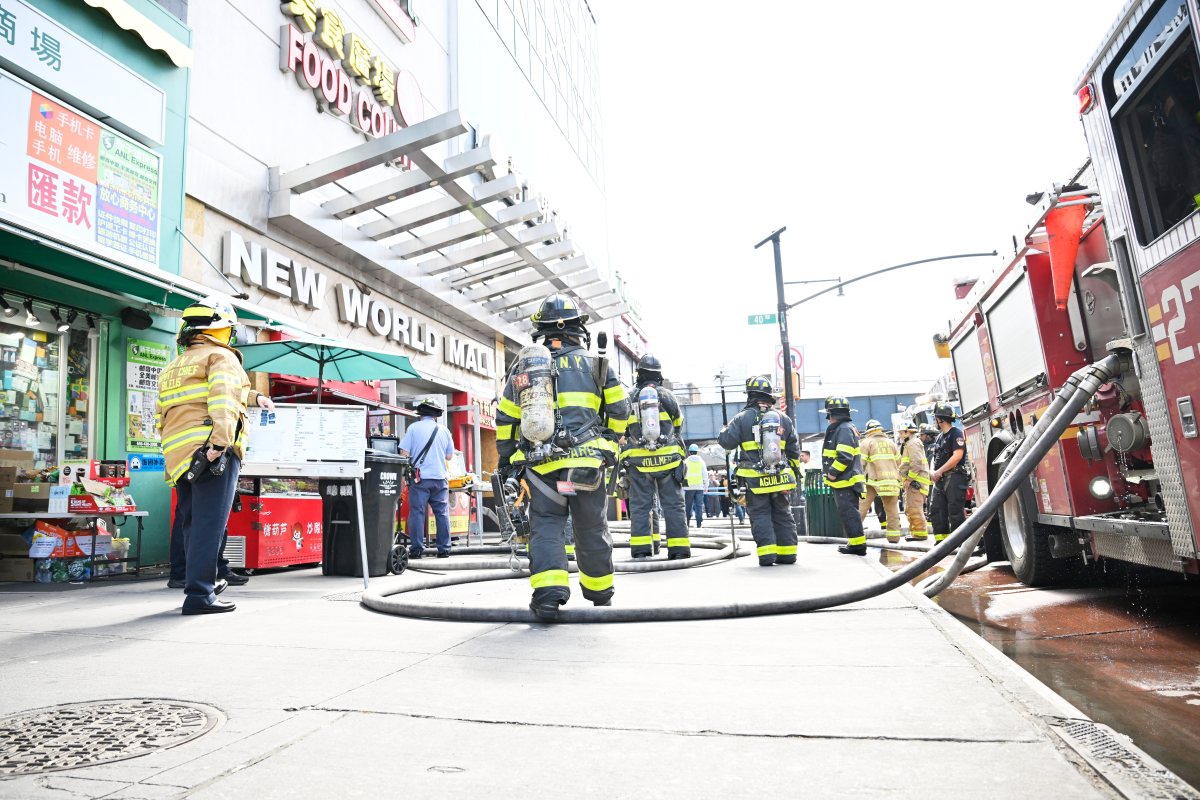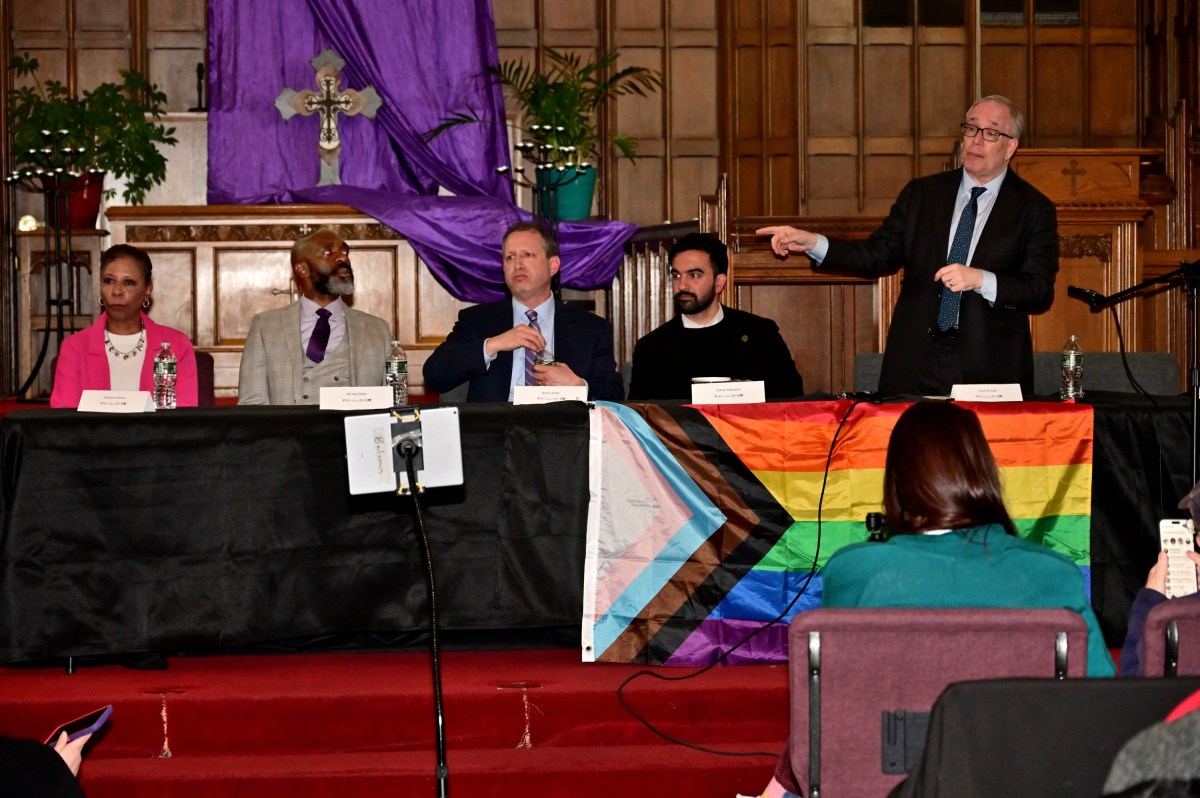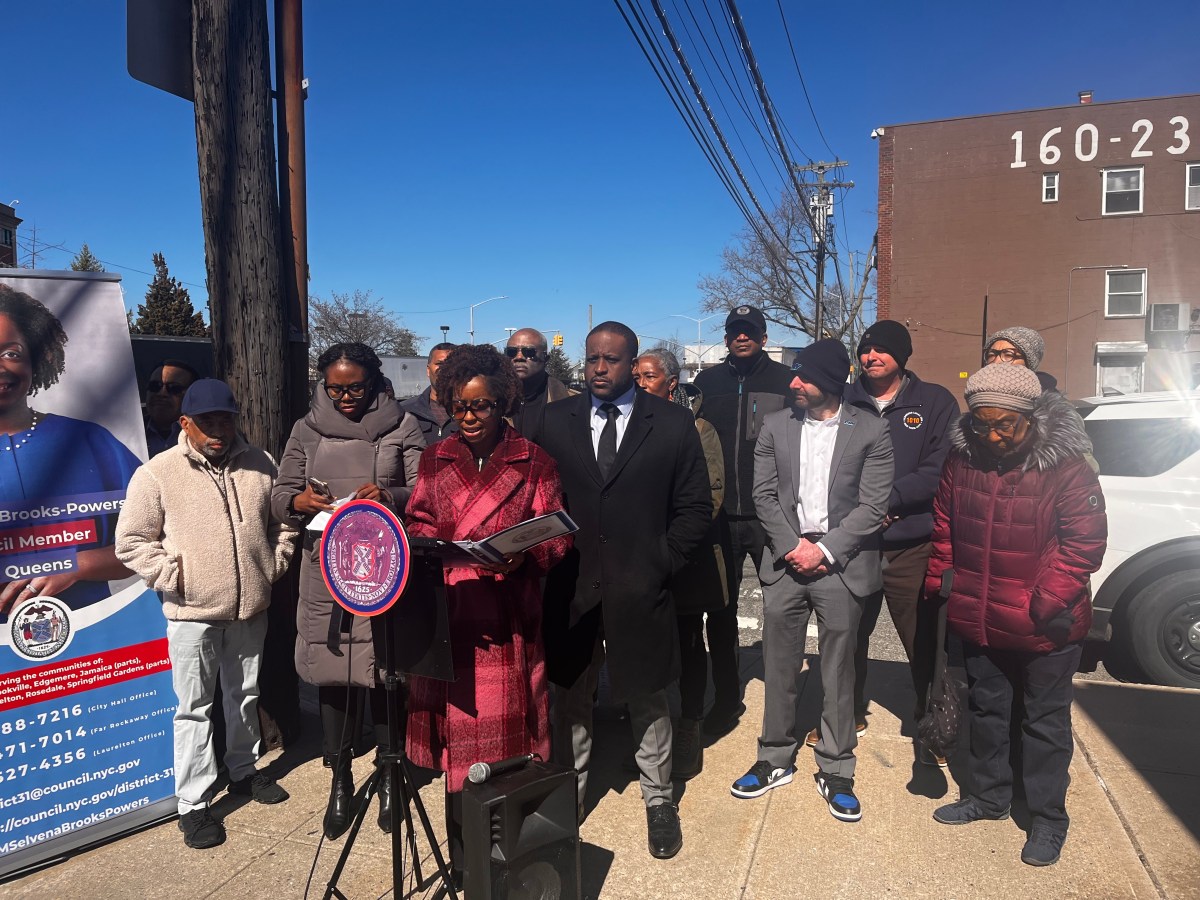BY LEIGH HABEGGER AND KERRY HEFFERNAN
Each summer in the Bronx, the New Fulton Fish Market teems with fresh seafood harvested by U.S. fishermen in the waters off New England and the Mid-Atlantic. Fishermen land New York’s famous oysters, lobster, Montauk Sea Bream, and countless other offerings that quickly make their way to restaurants like Grand Banks.
In New York and New Jersey alone, the commercial fishing industry is valued at $11 billion. When you consider the additional $17 billion market size for the restaurant industry, the value of these two industries is staggering. They fuel our coastal economy, employ thousands, and are significant economic drivers.
Once COVID-19 gripped the region, the fishing industry saw a 30% decline in revenue, and our restaurants shuttered to help contain the virus. Cash drawers stayed closed for weeks and seafood orders ceased. Independent restaurants have lost more jobs than any other industry, impacting their 11 million employees nationwide and the 5 million workers they support in supply chain industries, including fishermen.
Normally, nearly 70% of all seafood caught is consumed in food service establishments. But as New York works slowly to reopen safely, we won’t be near “normal” for a long time – many restaurants’ cash drawers sat empty for months and seafood sales declined by 80%. Restaurants are cash-strapped as indoor dining remains strictly limited and customers are fewer. This slowdown impacts the entire supply chain and forces fishermen to sell much less seafood.
To keep fresh seafood on the plates of American consumers, we are asking Congress to consider the needs of our industries outlined below as they negotiate another relief package.
The bipartisan RESTAURANTS Act would provide $120 billion in grants to independent restaurants like The Fulton, Pearl Oyster Bar, Grand Banks, and other iconic NYC seafood restaurants. The legislation now has 210 House co-sponsors and 40 Senate co-sponsors. Economists project that this fund could pour $271 billion back into the economy and reduce unemployment by 2.4%.
Commercial fishermen and the seafood industry also need an additional $1.5 billion in direct fisheries assistance and $2 billion so the U.S. Department of Agriculture can purchase seafood – similar to how they provide relief to other food product industries. Direct aid through the fisheries assistance program will allow fishermen to pay bills and boat mortgages, provide for their families, and support our coastal communities. USDA seafood purchases will help get fishermen back to work and provide Americans with safe, sustainable and nutritious protein through the USDA food assistance programs.
By providing relief to both fishermen and restaurants, Congress can ensure both the longevity of our businesses and consumers’ access to the most sustainable seafood in the world, all while returning hundreds of billions of dollars and millions of jobs in the process.
Leigh Habegger is executive director of Seafood Harvesters of America; Kerry Heffernan is Chef at Grand Banks in Hudson River Park, Manhattan.



